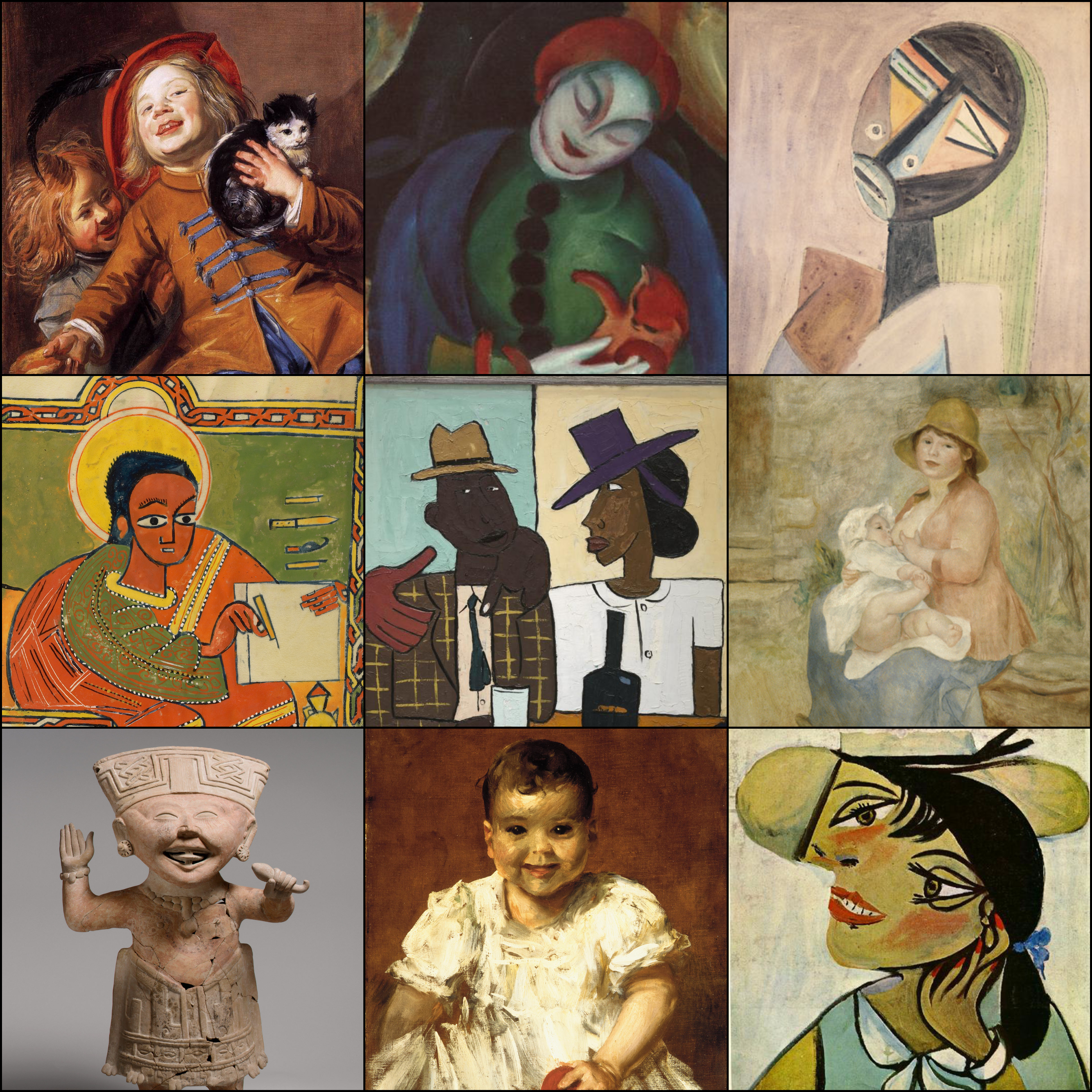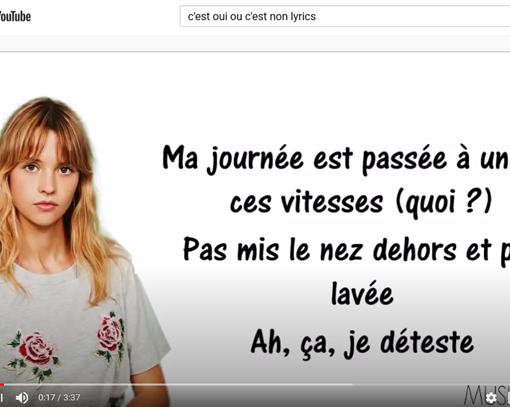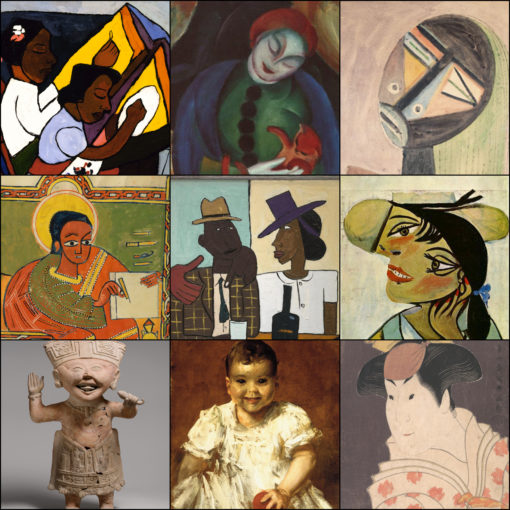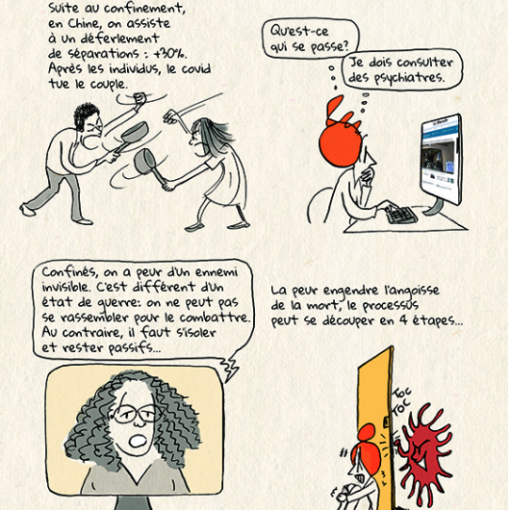
Pedagogy
Scholarship has emphasized that storytelling is effective in L2 learning because it is fun, engaging and highly memorable. Storytelling has been praised for raising learners’ interest in listening to stories, as well as in speaking, writing and reading about them (Claudio Rezende Lucarevschi, The role of storytelling in language learning, 2016).
Class Activity
This activity, which requires minimal preparation time, invites students to create a story by connecting artworks spanning different time periods and areas.
- Students first choose a portrait image from the set provided; mine here
- They team up to describe their characters and the emotions they identified in their portraits;
- The collectively imagine a dialogue based on visual clues and the emotions they identified. If you wish to make the activity more interactive, each group may pair with another group to first present their description, then draft a dialogue between their 4 characters.
- Once groups finished this low-stakes and collaborative writing task, they present and perform the conversation of their characters to their classmates. I usually ask them to tape their artworks on the classroom walls so the whole class strolls from one cluster of artworks to the other while listening to their classmates’ work.
With a bit of tweaking, this activity may be implemented in different languages and class environments. The material below was designed to practice a few specific uses of partitive articles in French, in addition to reviewing and expanding the vocabulary related to emotions. Since we’d been reviewing subjunctive in class, the way I designed this activity also encourages students to use this difficult mood.
Material:
- Download and print out this handout on articles and emotions
- Download and screen this pdf or slides to model this activity
- Download, screen, and print out this set of portrait images (slides)
- You’re all set!
I’ve also used a similar set of images to teach countries and ordinal numbers.You’ll find the references of all the artworks in the Slides. All images are public domain or fair use, and many come from the Metropolitan Museum Collection.
More storytelling?
Another way to implement storytelling with artwork is to use one as if it were a snapshot or a still image from a film and to ask students to imagine what happened before or after.
Also, how about comics? Have students read the first vignettes of a comics and have them imagine what comes next.
Would you like to share more storytelling ideas? Contact us!
By Angelique Aristondo







4 thoughts on “Storytelling with Portraits”